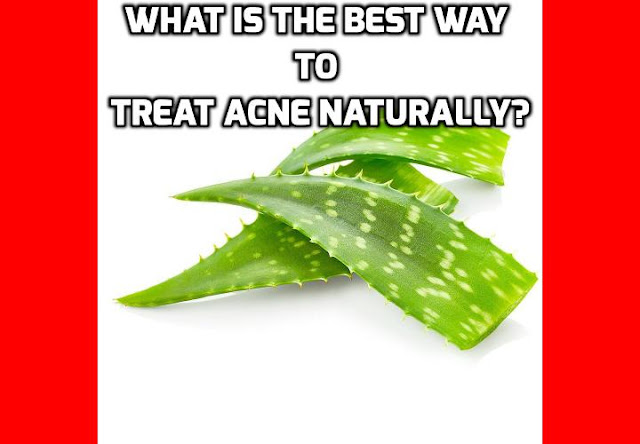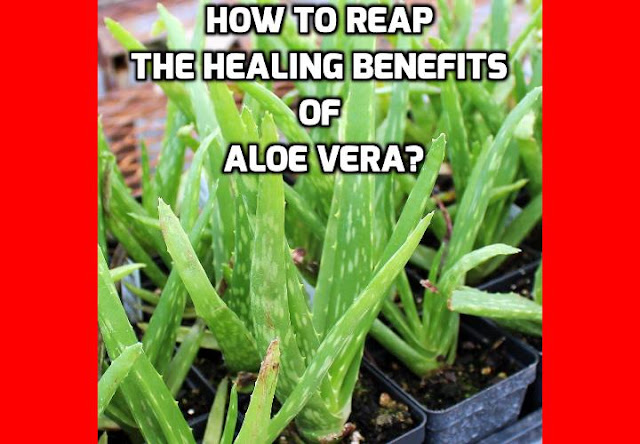 |
Click Here to Discover the Health Benefits of Aloe Vera |
RELIEVE CONSTIPATION
WITH ALOE VERA
Menstruating
or pregnant women should not use Aloe Vera, in any form, to relieve constipation
Aloe Vera
is a wonder herb that has been around for thousands of years. It has been used
for both external and internal problems – skin rashes, burns, ulcers, internal
bleeding. It also promotes bowel movements, which helps to relieve
constipation.
I
have found that some people are allergic to Aloe Vera. So if you show a rash or have any other undesirable symptoms,
don’t use it.
Aloe is an astringent,
acts to tighten muscles, and has purgative and laxative action – dispels faecal
matter that has collected in your colon.
There
are many aloe vera products to choose from. For best results, choose an aloe that
is close to that of fresh organic aloe whole leaf.
Using Aloe Vera Gel
to Relieve Constipation
Take
two tablespoons of pure aloe vera gel mixed with apple juice. You can use other
types of juices that fit your taste.
If
you use aloe juice drink, mix 1/3 of aloe juice with 2/3 of a juice you like
just before bedtime or just on awakening.
Or,
if you can handle the taste of the juice, drink a glass of Aloe Vera juice as
soon as you wake up and one just before bedtime. This will promote a bowel
movement when you wake up.
Relieve Constipation
with Aloe Vera Capsules
Aloe
Vera can also be taken in capsules. Because aloe can have a strong griping
action, it is best to take this herb with a calmative herb such as turmeric.
Aloe
can also be mixed with powdered fennel seeds. But, you can take aloe as
described above and see how you react to it. I know many people who take it
without turmeric
and they don’t have any side effects
The
best aloe vera is, of course, fresh aloe gel from a leaf. Look for an aloe that
has been hand and not machine pressed. When aloe has been machine pressed, it
can be contaminated with the yellow sap that is contained in the outer skin of
the aloe leaf.
This
yellow sap has strong laxative and irritating action in the gastrointestinal
tract. A good aloe should not have more than 10 parts per millions of yellow saps.
Aloe
has been shown to lower blood sugar levels. Diabetics
may find a need to lower medication dosages when using aloe for a long time.
But monitor this with your blood tester and your doctor.
In
addition, aloe vera has a cleansing action and restores a healthy balance of
the good bacteria in your colon.
Here’s how to use
Aloe Vera to relieve constipation
Use
aloe for 5 days and then rest 2 days. Using aloe on and off like this can help
to reduce allergic reactions from long-term use.
Typical
recommendations are:
·Aloe
gel – 2 tablespoon each day
·Aloe vera juice – 1 quart each day
·Aloe vera concentrate – 5 g up to 3 times each day
·Aloe vera juice – 1 quart each day
·Aloe vera concentrate – 5 g up to 3 times each day
Remember,
if you’re pregnant do not use aloe vera. It has not been studied for women
during this period.
Drinking
peppermint tea when taking aloe vera capsules can relieve mild cases constipation.
You can also mix aloe gel with peppermint tea to form a constipation drink.
Taking
aloe vera to relieve constipation can give you good results since aloe vera has
a strong action in the colon.
Watch
these 2 Videos
by Rudy Silva
Rudy Silva has a
degree in Physics and is a Natural Nutritionist. He is the author of
Constipation, Acne, Hemorrhoid, and Fatty Acid e-books.
To discover more about the healing benefits of aloe vera,
look no further than Yulia Berry’s e-book - “Aloe: Your Miracle Doctor”. From here, you will learn about the wide array of
internal and external uses of aloe vera.
Yulia also dishes out tips on how you can prepare aloe in
your kitchen, depending on the condition that you would like to treat. She also
shares the history of aloe, why it is a must to take care of an aloe plant in
your own home. what its chemical composition is, what the biogenic stimulation
method is, and how it can be used for 130+ home remedies to treat more than
eighty different disorders.
You
may also like:




